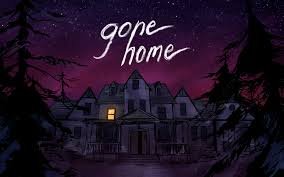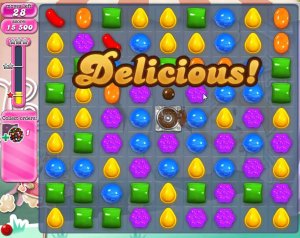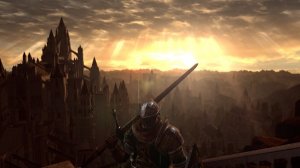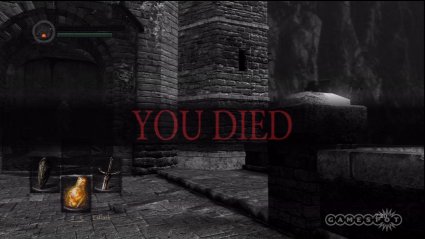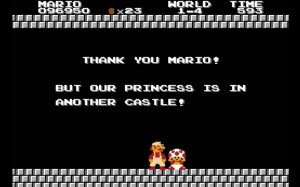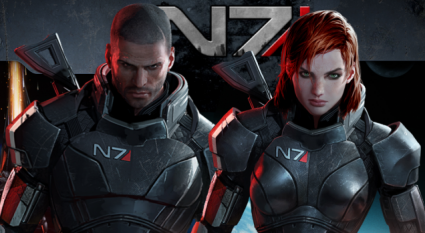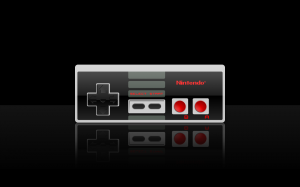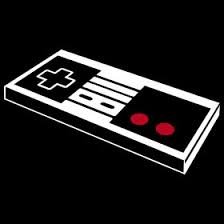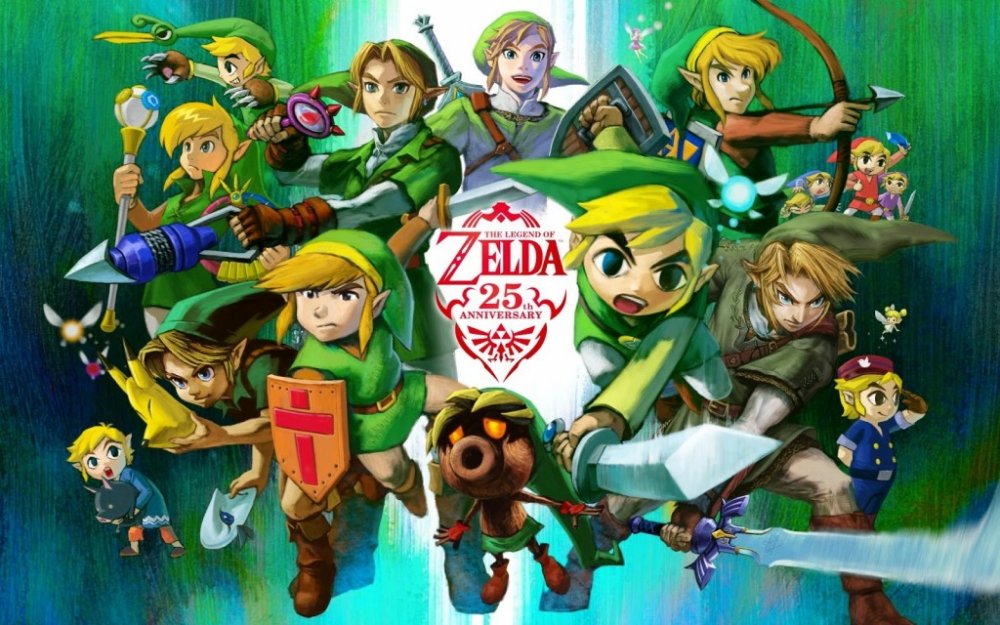Dark Souls is developer From Software’s spiritual successor to 2009’s Demon Souls, which was released exclusively to Sony. If there is one things the souls games are known for, it is their difficulty, with the slogan for Dark Souls being, “Prepare to Die.” Dark Souls ushered itself into the hardcore gaming scene promising difficulty, frustration, and plenty of rage quits; and did it deliver, often being cited as one of the most challenging and rewarding games of the decade.
Presentation: Dark Souls opens with a beautiful cinematic, that gives the player an idea of what is taking place in Lordran, while not divulging too much information. The main idea you are left with is that the world has fallen under a deep and dark curse, leaving humanity unable to live, but also unable to die and they are slowly becoming more “hollow” after each death. The only thing keeping this curse from consuming all of humanity is Lord Gwyn, who has sacrificed himself to stave off the darkness, however, Lord Gwyn’s power is fading, and a chosen undead may yet replace him
After picking your class and customizing the character chosen, you are ushered into the world, and the most likely thing you will first feel is that you are alone on this endeavor. This is not a game that will hold your hand with tutorials, maps, and checkpoints; Dark Souls has none of it because it believes that the player can make discoveries on their own, and that gives you a foreign but welcome feeling of empowerment. In fact the only piece of advice you are given is about an hour into the game, when a soldier sitting at a bonfire tells you that there are two bells; one above and one below, and if you ring them both something might happen. The absence of direction in this game means that the player may spend hours in a part of the world that their character isn’t ready for, but it also means that you are free to explore Lordran for yourself and make your own decisions without the game guiding you or having to help an NPC (non-player character) find something they lost in a cave, simply to keep the story moving. This format serves to help the story, as your character is a lost undead wandering the landscape for some unknown destiny, much like the player is wandering and searching for the unknown objective of the game.
The environments in Dark Souls are truly something to behold. Every new location has amazing verticality and stunning landscapes. This also serves to compliment the level design, which is intricate and fairly genius. Often times you will leave one area to discover it was just above another location your character previously journeyed, allowing you to look and see that castle you just came from in the distance.. Everything is woven and connected together brilliantly, and it give the player a sense of position. The level design also helps orient the player through other means. Areas that are juxtapositioned below their lofty counterparts are darker and more forlorn, whereas middle grounds tend to have more of an earthy feel, and areas of higher verticality are bright and effervescent in how they feel and look.
Gameplay: Every element of fighting in Dark Souls is weighty and precise. The movements are fluid and you get this feeling that the decisions you make in combat matter, because one misstep could mean the death of your character. Each enemy has certain attack patterns, and it is up to the player to find a chink in their opponent's armor. This game is hard and feels impossible at times, but it never plays unfairly. Each death, you know the mistake made that ended in defeat, and it spurs you on to get it right the next time. The only time frustrated me was due to glitches, where enemies would seemingly teleport to me, or hit me through walls and barriers.
I remember one time playing Dark Souls for five hours just trying to defeat a boss; frustrated beyond belief that Nito, Lord of the Undead had kept continually foiling my plans for victory. Staying patient and looking for some sort of weakness, I discovered that he was exceptionally weak to fire, and that if his army of skeletons were felled before they became an issue, I might be able to secure a victory. Trying again, I prevailed with a sense of victory and satisfaction that no other game has ever given me, because the game didn’t tell me what to do, it had been teaching me how to fend for myself since the beginning.
Multiplayer: Every meta interaction that a player has with Dark Souls, has an in game connection with the story. For example when you die and respawn, because in the game your character is an undead cursed with not being able to die. Messages to other players in the game are created by using an “orange soapstone”, and you can be summoned to other worlds with a “white soapstone” to help other players on their quests. This helps to prolong immersion in the game, because the player never has to think of a certain action as being something apart from the game.
There is this idea of a shared world in Dark Souls, where you can silently have experiences with other players without leaving your own playthrough. Bloodstains can be interacted with to show the player a ghost of another person and how they died, messages can be laid down to give advice to others such as, “boss ahead” or “treasure below”, and whenever a player rings the first bell in the cathedral, a resounding noise can be heard across many players worlds. It gives the player a sense of community and common struggle, and motivated me throughout the entire forty hour journey.
Final Thoughts: Dark Souls is a game for gamers, meaning that it could easily put off people who are not well versed in games of its stature. However it still serves to be an increasingly rewarding game due to brilliant environments and level design, fantastic game mechanics, and a well realized universe. It is sure to be a genre defining title in the years to come.
